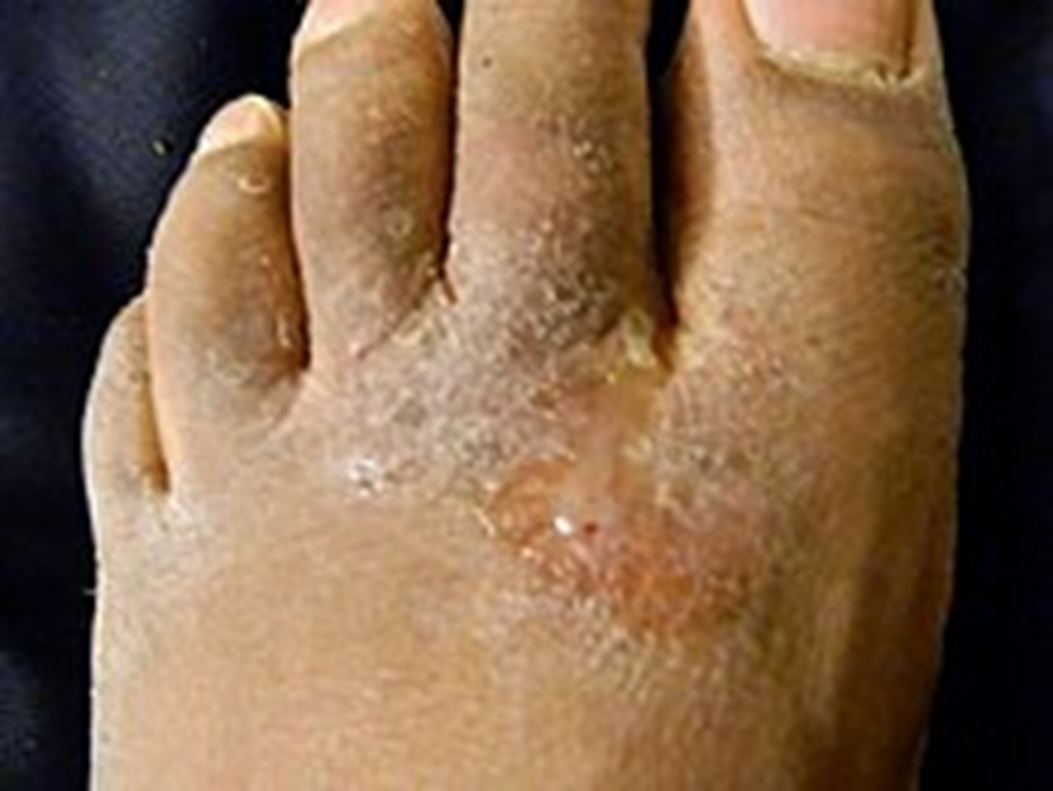Upon finding a school-age child having a seizure, what should be the nurse’s first action after lowering the client to the floor?
Turn the client to a lateral position.
Administer an anticonvulsant medication.
Apply oxygen by nasal cannula.
Check the client’s oxygen saturation.
The Correct Answer is A
Choice A rationale
The first action a nurse should take upon finding a school-age child having a seizure is to ease the person to the floor and turn the person gently onto one side. This will help the person breathe and can prevent injury.
Choice B rationale
Administering an anticonvulsant medication is not the immediate first action a nurse should take upon finding a child having a seizure. The first priority is to ensure the child’s safety by easing them to the floor and turning them onto their side.
Choice C rationale
Applying oxygen by nasal cannula is not the immediate first action a nurse should take upon finding a child having a seizure. The first priority is to ensure the child’s safety by easing them to the floor and turning them onto their side.
Choice D rationale
Checking the client’s oxygen saturation is not the immediate first action a nurse should take upon finding a child having a seizure. The first priority is to ensure the child’s safety by easing them to the floor and turning them onto their side.
Nursing Test Bank
Naxlex Comprehensive Predictor Exams
Related Questions
Correct Answer is B
Explanation
Choice A rationale
Shingles, also known as herpes zoster, is a viral infection that causes a painful rash and is caused by the varicella-zoster virus, the same virus that causes chickenpox.
Choice B rationale
Tinea pedis is a foot infection due to a dermatophyte fungus. It is the most common dermatophyte infection and is particularly prevalent in hot, tropical, urban environments. Interdigital involvement is most commonly seen (this presentation is also known as athlete’s foot, although some people use the term for any kind of tinea pedis).
Choice C rationale
Fever blister, also known as cold sores, are caused by the herpes simplex virus. They are small, fluid-filled blisters that develop on the lips or around the mouth.
Choice D rationale
Pinworms are a type of parasite that lives in the lower intestine of humans. They are tiny, narrow worms. They are white and less than a half-inch long.

Correct Answer is A
Explanation
Choice A rationale
Activated charcoal is often used in the management of poisoning. It works by binding to the poison in the stomach and preventing it from being absorbed into the body14.
Choice B rationale
Osmotic diarrheal agents are not typically used in gastric lavage. These agents work by increasing the amount of water in the intestinal tract, which can stimulate bowel movements14.
Choice C rationale
Syrup of ipecac was once used to induce vomiting in cases of poisoning, but it is no longer recommended for use in poisoning cases14.
Choice D rationale
0.9% sodium chloride, or normal saline, is a type of fluid that’s often used in medical treatments, but it’s not typically used in gastric lavage for poisoning14.
Whether you are a student looking to ace your exams or a practicing nurse seeking to enhance your expertise , our nursing education contents will empower you with the confidence and competence to make a difference in the lives of patients and become a respected leader in the healthcare field.
Visit Naxlex, invest in your future and unlock endless possibilities with our unparalleled nursing education contents today
Report Wrong Answer on the Current Question
Do you disagree with the answer? If yes, what is your expected answer? Explain.
Kindly be descriptive with the issue you are facing.
